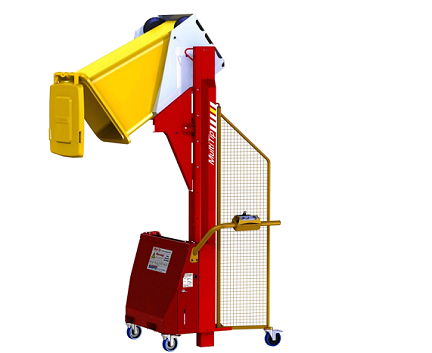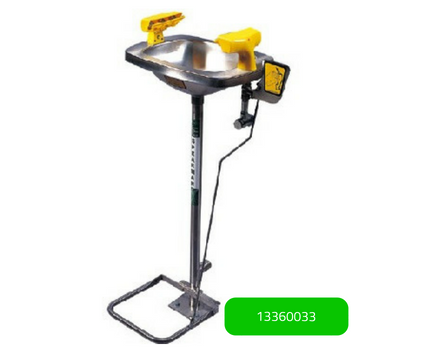![Dealing With Infectious & Toxic Agents teaser]()
10 Mar 2019
In some workplaces, controlling infectious or toxic agents is essential to workplace health and safety. Pathogens or “bugs” such as bacteria, viruses, or fungal spores can make contact or enter the body, causing illnesses – some of them severe. Likewise, toxic agents such as oxidising agents or poisons can also cause harm to workers and visitors. Here are some ways to deal with infectious or toxic agents to ensure your workplace is prepared for any eventuality.
Workplace infection control
Infections spread in a variety of ways. Airborne pathogens enter through airways and transmit via coughs or sneezes. One can infect others through skin-to-skin contact. Touching contaminated objects or eating contaminated food can also transmit illnesses. Any contact with bodily fluids such as saliva or blood can also transmit disease. Workplaces should have a strict infection control protocol to prevent infections.
This may be mandatory hand washing, covering broken skin with waterproof dressings, wearing gloves or personal protective equipment, and restricting towels and personal items to the exclusive use of the owner.
The environment should be cleaned as thoroughly and regularly as possible, using disinfectants on all porous surfaces. A 70-80% alcohol preparation may be used when regular disinfectants are unavailable.
Workplace spill control
When spills occur in the workplace, especially those containing bodily fluids, a spill kit should be nearby to deal with any infectious or toxic agents. Spill kits should have some type of absorbent material to soak up the agent. A barrier of absorbent material should also be laid down to prevent seepage beyond the clean-up area. Workplaces should cordon off the area with warning notices and hazard signs. Installing a handy cleaning station for these emergencies can also hasten response time in the event of spills.
Environmental containment and waste disposal
Waste disposal is key to containing infectious agents, which commonly breed and spread through waste of all types. Workers disposing waste should wear heavy duty gloves and place waste in bags clearly marked as “infectious waste.” If possible, any transfer of infectious waste by manual handling should be kept to a minimum. Using bin tippers can help with reducing exposure to infectious or toxic waste.

Pictured: Multi Tip Bin Tipper
Information is key
Installing an emergency information protocol box can also improve response times and give emergency services critical information on infectious and toxic agents your workplace is storing and using. Installing signs and clearly marking emergency ventilation or eye-flush stations, assembly areas, or first aid stations can help minimise risks in the event of spills or infection outbreaks. First aid or emergency drills should be scheduled regularly to ensure preparedness among employees.

Pictured: Emergency Eye / Face Wash Showers
All these products and more can be found at BackSafe Australia. BackSafe offers universal spill kits, cleaning equipment, hazard signs, waste disposal aids, and emergency information boxes for dealing with infectious or toxic agents. Contact us for more information.
Back To News Stories